I am not a telescope practitioner, nor a telescope enthusiast. I have bought two or three telescopes just to watch concerts and take my children to watch birds. I have also made purchase recommendations for several friends and bought two astronomical telescopes for my children (but they have been gathering dust for a long time). I spent a few days sorting out the homework I did and the pitfalls I encountered in the process of buying telescopes to recommend entry-level binoculars. I hope it will be helpful to you.
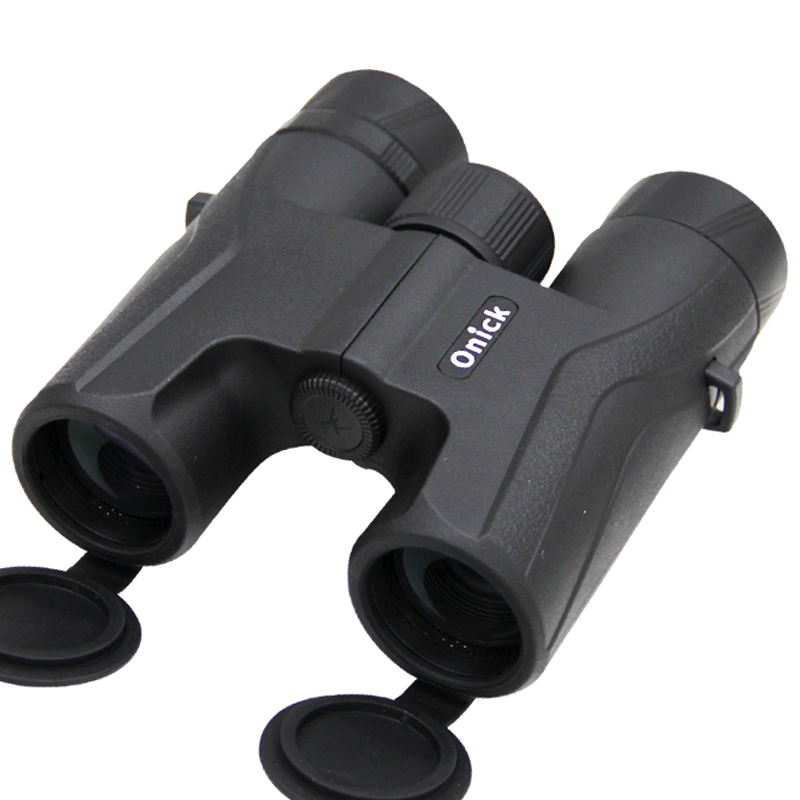
It is not easy to sort out, and I will continue to update it. I hope to get everyone's affirmation~
1. My road to binoculars
My first telescope was purchased by "collecting funds" with my college roommates. That year, I came to Beijing for college. Several of us fans went to the Workers' Stadium to watch a game for the first time. A roommate suggested buying a telescope, saying that it would be clear, and then everyone contributed a little money and spent a "huge amount of money" to buy a pair of binoculars. As a result, we found that the scene was too "enthusiastic". The whole audience was shouting slogans (country) from beginning to end, and the telescope was rarely used.
The first telescope that belonged to me after work was prepared to accompany my girlfriend to watch a concert. At that time, my salary was not high, and I could only afford the "mountaintop ticket" when I accompanied my girlfriend to the concert. In order to help my girlfriend see the real face of her idol, I bought an onick binoculars. I don't remember the specific model, but I only remember that the price was more expensive than the concert ticket.
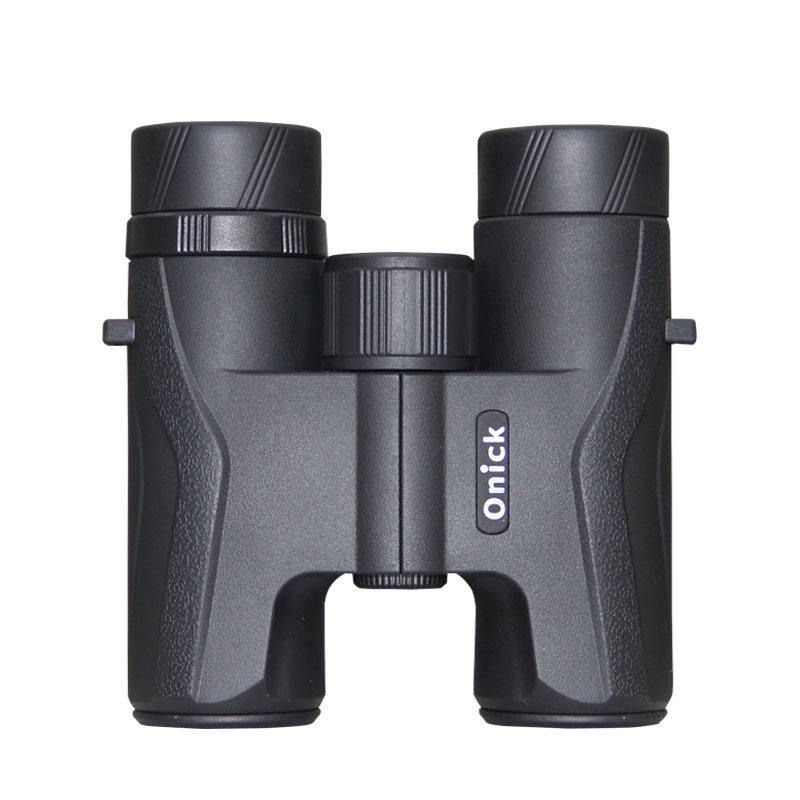
2. Notes on buying telescopes
When buying a telescope, you still need to know the basic parameters, so that you can buy the right product according to your needs.
1. Magnification and aperture
The basic parameters of the telescope are also the most important parameters.
Magnification: It is the magnification, represented by M;
Aperture: It is also called the objective lens diameter, that is, the diameter of the telescope lens, in millimeters, represented by D.
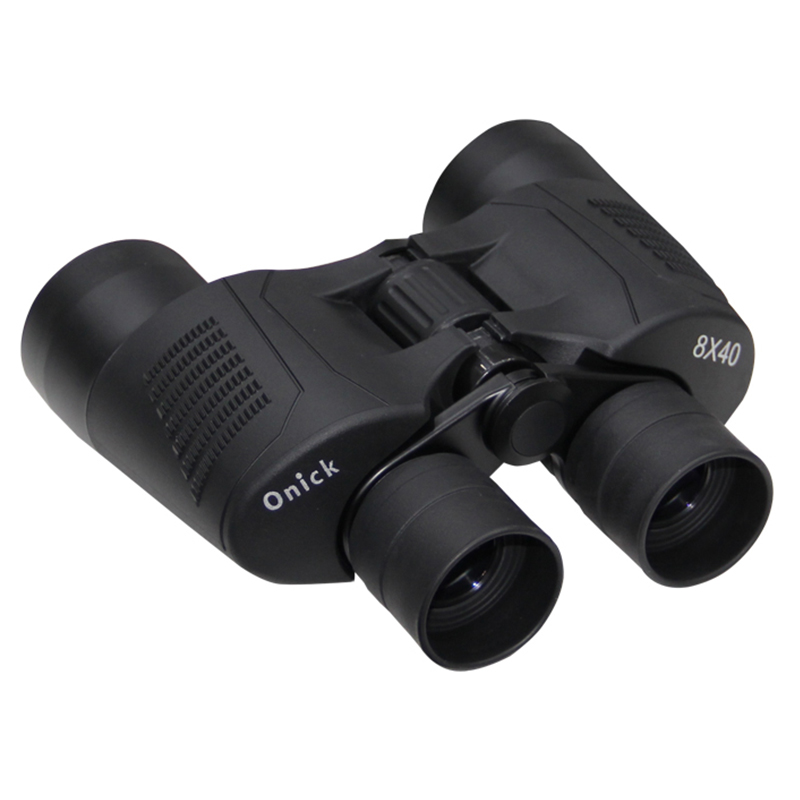
For example, "onick 10X50 binoculars", where "MXD = 10 X 50", means that the magnification of this telescope is 10 and the objective lens diameter is 50.
The larger the aperture, the more light enters, and the brighter it will be when used. However, it also means that the weight of the telescope is heavier. If you value portability, you can choose less than 42. If you want a higher brightness, you can choose 50. The magnification of a handheld telescope is preferably 7-8 times, and a telescope with a magnification of more than 12 times is best used with a tripod.
2. Structural type
The interface types of telescopes are divided into Porro mirrors and roof mirrors, and the light entry and exit routes of the two are different.
Roof mirrors are small and light, while Porro mirrors are large and heavy, but roof mirrors are expensive and Porro mirrors are cheap; so if the two types are of similar price, the imaging effect of Porro mirrors will be better than that of roof mirrors.
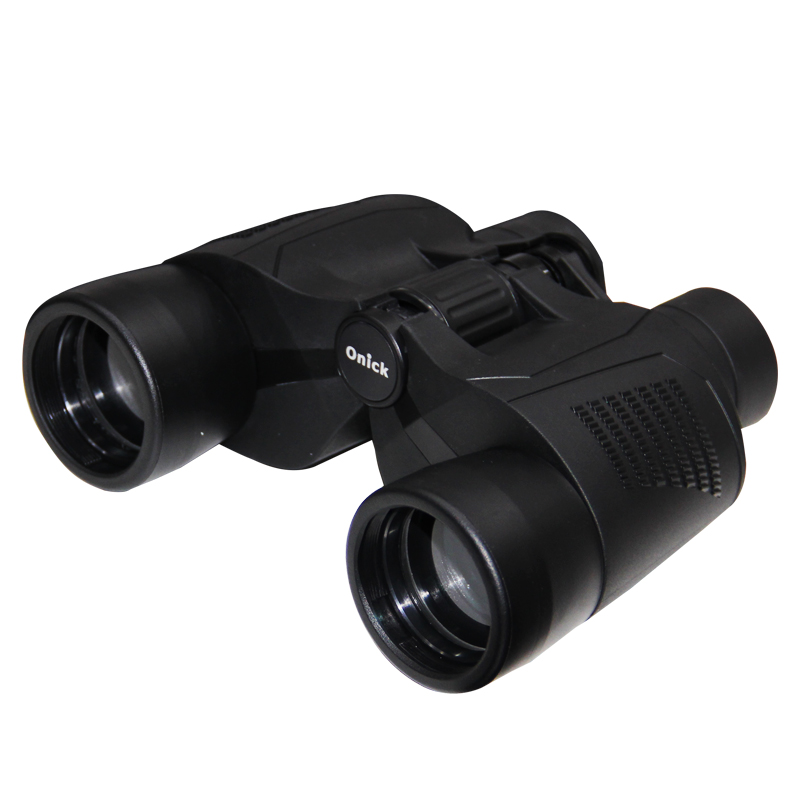
3. Material
Generally, it is plastic or metal, and some interfaces are filled with rubber.
Plastic telescopes are cheap, but they are less durable. If they are hit by external forces or after a few years of use, the optical axis is more likely to deviate, affecting the use of the telescope.
Metal materials are generally aluminum alloy or magnesium-aluminum alloy, which is light and strong, but the price will be more expensive.
4. More advanced functions
The price of telescopes with the same magnification and aperture can differ by one zero. Excluding the influence of the brand, what is the difference between a 500 yuan telescope and a 5,000 yuan telescope?
In fact, there are many professional parameters (parameters that you can't even understand) that affect the performance and price of the telescope. I will pick a few parameters/advanced functions for you to see.
Waterproof: Some telescopes rely on silicone filling to achieve waterproof effect, but the effect is relatively poor. The advanced method is nitrogen filling waterproof, which removes the air inside the telescope and fills it with nitrogen. It is not only waterproof, but also anti-mold;
Anti-fall and shockproof: The telescope is hit by external force, which may cause the optical axis to deform, affecting the use of the telescope;
ED: It can effectively eliminate the chromatic aberration of light;
Flat field: The edge of the field of view of ordinary telescopes will be deformed, and the flat field design is to deal with this deformation.
There are many other advanced functions that affect the performance and price of the telescope. In short, you get what you pay for.
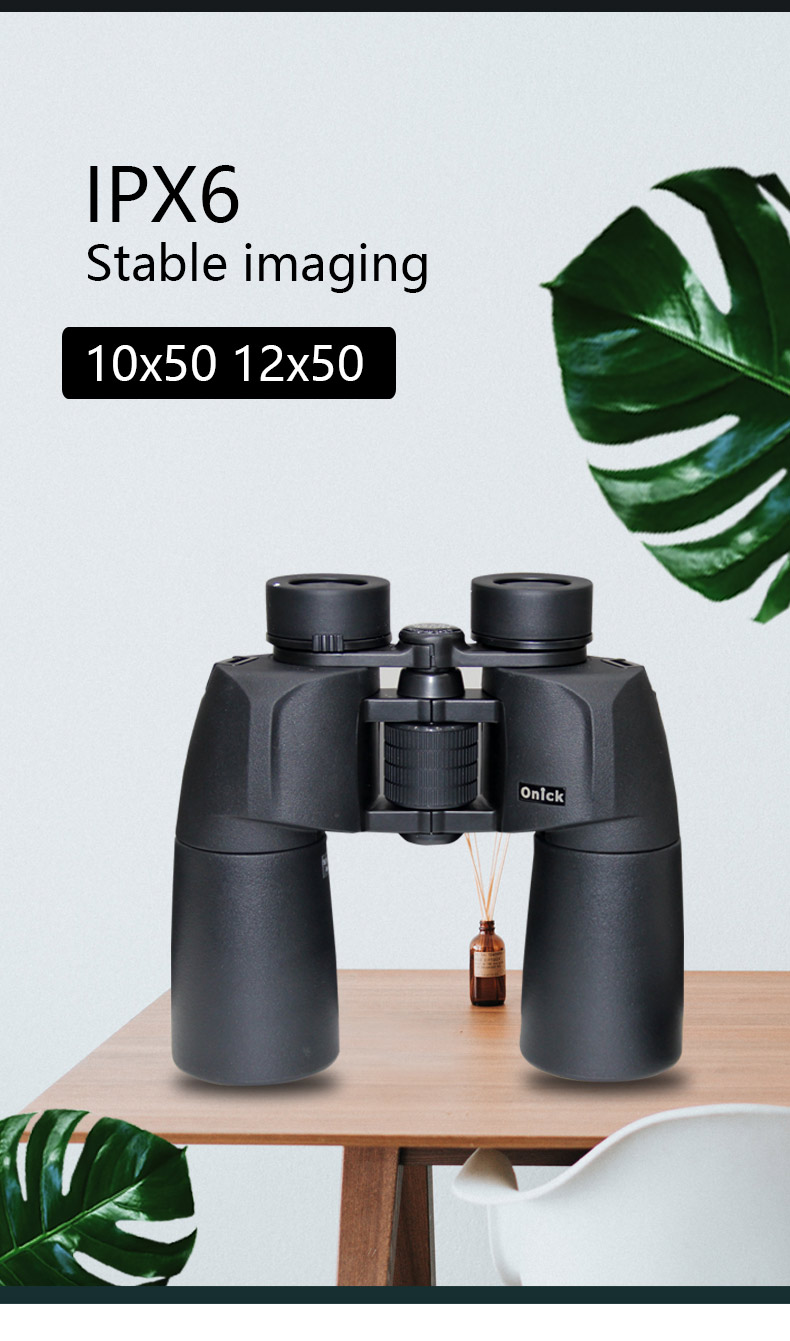
5. Precautions for buying astronomical telescopes
The above points are all precautions for buying binoculars. So if you want to buy an astronomical telescope, what points should you pay attention to?
I think you should first "ask yourself": Do you really need an astronomical telescope?
To observe the starry sky, you must meet the following conditions at the same time: good weather, no moonlight interference, no city light interference, and it is ideal to be far away from the city and have no light pollution around, but this requires you to have a car.
So, if you are an entry-level player, it is recommended to buy a 7X50 binoculars, or an entry-level astronomical telescope within 1,000 yuan.
The most important parameters of an astronomical telescope are "aperture and magnification", which determine the details of the planetary image that can be seen.
For example, with the same aperture, a low magnification of 30-70 can see the surface of the moon, while a medium magnification of 70-140 can see craters and lunar seas clearly.

